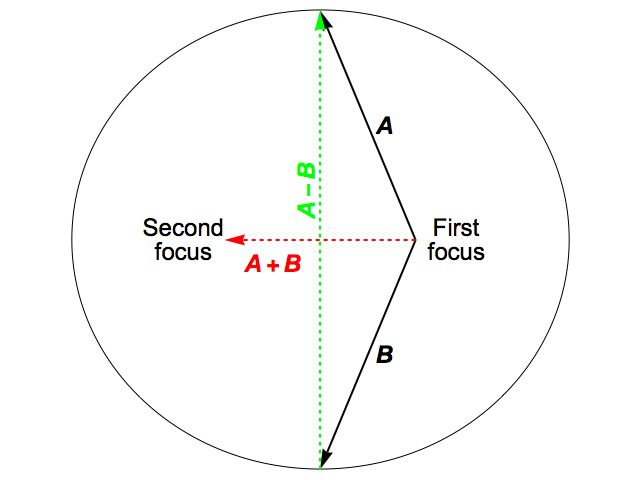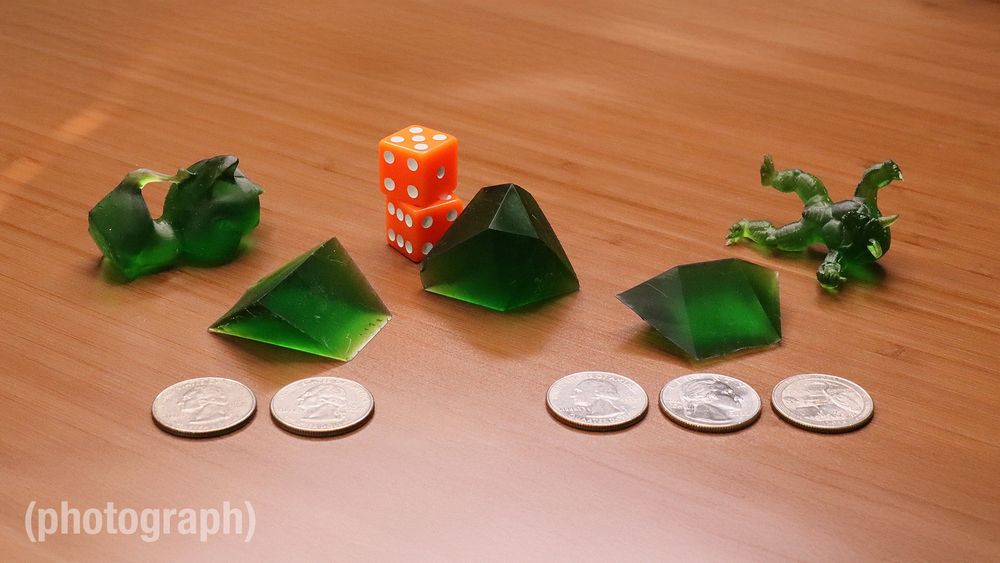

jobs.uri.edu/postings/15960

jobs.uri.edu/postings/15960
www.nature.com/articles/s41...
Here we show that the supply of excess phosphorous from accounts for the majority of observed Sargassum variability since 2011.
🌊 🧪 #Paleosky #CoralReefs

www.nature.com/articles/s41...
Here we show that the supply of excess phosphorous from accounts for the majority of observed Sargassum variability since 2011.
🌊 🧪 #Paleosky #CoralReefs
scripps.ucsd.edu/news/shaken-...

scripps.ucsd.edu/news/shaken-...
So much new stuff from SWOT that should be in there, but we will have to write the papers first. Here is a teaser from chapter 5. And if you are wondering what is H_L=5 km,T > 18 s, well that is "some" wave height.


But what about the 3D equivalent?
Start with an ellipse and a hyperbola in orthogonal planes, with each curve’s vertices being the other’s foci.
But what about the 3D equivalent?
Start with an ellipse and a hyperbola in orthogonal planes, with each curve’s vertices being the other’s foci.
www.nobelprize.org/prizes/physi...

me.berkeley.edu/faculty/me-o...
A negative mass black hole is not a white hole. What is it?
Fun with physics....
mathstodon.xyz/@johncarlosb...
Meet the star of the Ann Gall Durbin Aquarium on the University of Rhode Island's Bay Campus: a rare blue lobster, found in the wild in about one in two million! 🦑 🌊
Meet the star of the Ann Gall Durbin Aquarium on the University of Rhode Island's Bay Campus: a rare blue lobster, found in the wild in about one in two million! 🦑 🌊






What if instead of two 6-sided dice, you could roll a single "funky-shaped" die that gives the same statistics (e.g, 7 is twice as likely as 4 or 10).
Or make fair dice in any shape—e.g., dragons rather than cubes?
That's exactly what we do! 1/n

What if instead of two 6-sided dice, you could roll a single "funky-shaped" die that gives the same statistics (e.g, 7 is twice as likely as 4 or 10).
Or make fair dice in any shape—e.g., dragons rather than cubes?
That's exactly what we do! 1/n
agupubs.onlinelibrary.wiley.com/doi/full/10....

agupubs.onlinelibrary.wiley.com/doi/full/10....
You can use continuous equations to approximate the behavior of discrete systems!
Here we'll see how electrical circuits can be modeled using the Laplace equation Δφ=0. [1/n]
You can use continuous equations to approximate the behavior of discrete systems!
Here we'll see how electrical circuits can be modeled using the Laplace equation Δφ=0. [1/n]



